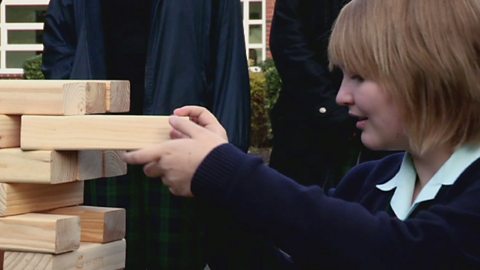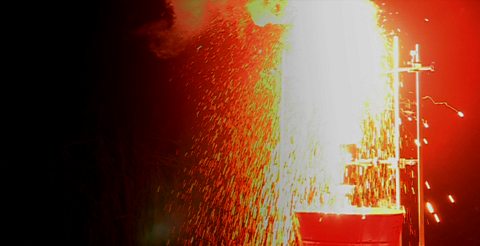Jon Chase describes how different elements absorb and emit light of specific wavelengths or colours.
He explains how this can be used to identify which elements are present in distant stars by analysing the spectrum of radiation coming from these stars.
This short film is from the 91Čȱ¬ series, Space Science Bites.
Teacher Notes
You could discuss how white light can be split into its spectrum and students could make their own CD spectrometer.
The students could investigate the flame colours produced by different elements.
A piece of metal could be heated to show how the colour changes with increasing temperature. Relate this to the colours of different stars.
Curriculum Notes
This short film will be relevant for teaching physics.
This topic appears in OCR, Edexcel, AQA, WJEC KS4/GCSE in England and Wales, CCEA GCSE in Northern Ireland and SQA National 4/5 in Scotland, and Cambridge IGCSE Physics.
More from Space Science Bites:
Gravity on Earth and in space. video
Jon Chase demonstrates why he would weigh more on Jupiter than on Earth.

The life cycle of stars. video
Jon Chase explains how the dust and gas released from dying stars forms new stars and solar systems using a popular game and a rap.

Nuclear fusion in stars. video
Jon Chase explains the nuclear fusion that causes stars like our sun to give out enormous heat.

The Big Bang and red shift. video
Jon Chase explains the scale of the solar system and universe using simple demonstrations.

Waves and communication. video
Jon Chase demonstrates how electromagnetic waves are used in communication using an infra-red remote control and an outside TV broadcast.

Ěý